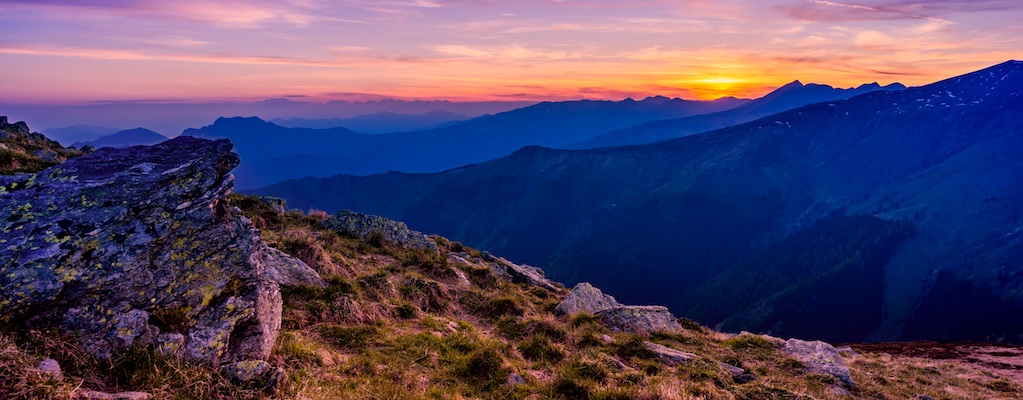12 - 12Shares
Landscape photography can be a tricky thing to master. Unlike portraits, there’s often not a clear point of focus that you can train your lens on. Much is left to the photographer’s discretion, which can be freeing, but also challenging.
To help you develop your own landscape photography, here are a few tips from the pros.
Try to shoot during the golden hours
The golden hours – the hour just after sunrise and the hour just before sunrise – are coveted among all kinds of photographers (filmmakers too), but landscape photographers in particular take their best shots during these times of day.
It requires a good deal of planning, of course, to be on location just after sunrise, so make sure you map out where you want to shoot the day before. If you can catch this magical time, your photos will be suffused with a warm, golden light that can make even the most mundane landscape look almost otherworldly.
Keep an eye on the weather
It goes without saying that the weather has a huge effect on outdoor photography. And we’re not just talking about rain or snow.
Sunny days can be good if you want a lot of light and you know how to keep your photos from being overexposed. However, remember that high noon is rarely a good time to shoot, as subjects – even inanimate ones – tend to look best when the light is hitting them from the side, rather than directly above.
Slightly overcast days can also make for great outdoor photography days. A softer light can give your photos a moody quality, perfect for shooting remote or barren locations.
Scope out your position beforehand
While it’s certainly possible to get a great landscape photo just by showing up at a beautiful spot and taking out your camera, you’re a lot more likely to get a high-quality photo if you scope the area out beforehand.
Take some time to walk around the area you want to shoot, keeping an eye out for the best perspectives. Often, it’s tempting to simply stop at the designated “photo spots” or lookouts and shoot from there. But remember – that’s the exact same photograph that everyone else is taking.
To keep your images unique, look for views off the beaten path and find the ones that speak to you.
Incorporate a focal point
Even though landscape photos can work without a specific focal point, in general it’s a good rule to include one. Focal points help give your viewers a place to fasten their eye, which generally means that they’ll keep looking at your photo for longer.
A focal point could be anything in landscape photography – a flower, a rock or outcropping, an animal, a person, or a building. Make sure you think about where you place that focal point, using the Rule of Thirds to create the best composition.
Maximize your depth of field
Maximizing your depth of field means that your entire shot, back to front, will be in focus. This is the standard approach for landscape photographs, because it’s generally most pleasing to the eye.
To do this, you want to choose a small aperture and focus about one-third into the shot. This will ensure you get a sharp focus throughout the entire picture.
Use a tripod
Using a tripod is a good idea no matter what kind of photo you’re taking, but especially in landscape photos, which can necessitate slower shutter speeds and therefore suffer from even the most microscopic of shakes.
If you shoot outside often, you may want to invest in a lightweight tripod. That’ll make a big difference when you’re lugging your equipment up trails and along beaches.
Shooting landscape photographs requires some different techniques than portraits or action photography. But with a little practice, you can begin taking beautiful landscape photos, too. Then make sure to share them with friends and famliy via your Nixplay WiFi Cloud Frame.

Bea is Nixplay’s Social Media Manager. She enjoys drinking coffee, reading about wars, and writing stories. Send her a message at beatrice.bisais@nixplay.com.
- 12Shares
12

